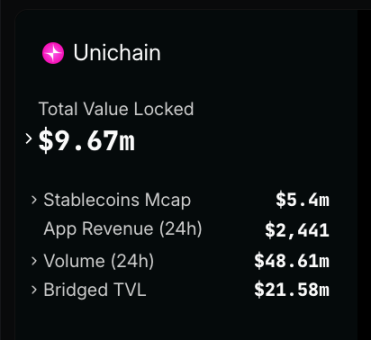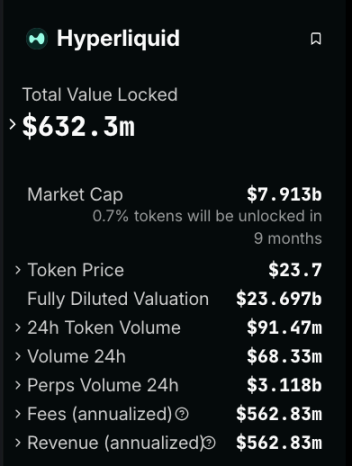Recently, the main discussion on Crypto Twitter has been focused on improving the performance of the general environment. Base is achieving its "Gigagas" goal by leveraging Reth and Ethereum's blob upgrades.
Solana, on the other hand, is continuously approaching its vision of achieving 1 million TPS through the amazing optimizations of Firedancer and its C-based network stack. MegaEth has completely removed gas limits with the help of a highly optimized sequencer.
As a crypto enthusiast, I have no complaints. During the DeFi summer and the 2021 bull market, I paid exorbitant fees to the Ethereum mainnet, and now I can enjoy low-cost transactions on Solana. And in the future, I will also enjoy cheaper and faster transactions on all these platforms.
However, since I first entered this industry around 2017, I have been obsessed with making crypto technology mainstream, and a recent issue has been lingering in my mind: We are rapidly approaching the point of over-optimization.
By the end of 2025, block space will become abundant, and performance will become a commodity. Once near-instant and free transactions become the norm, raw speed will no longer be the key to standing out. As developers, we need to shift our mindset.
The Post-Performance Era
We call it the "post-performance era" because the performance race has already been won. Most platforms can now achieve fast and cheap transactions, so differentiation must come from other aspects: unique features and experiences.
This is where full-stack customization comes into play. It's now 2025, and transactions are both cheap and fast, but the look and feel of most applications are still the same. At the same time, the market premium for launching another Ethereum Virtual Machine (EVM) derivative has disappeared. Just look at Unichain, which has not been able to attract widespread attention or liquidity:

Meanwhile, the winner of this round - Hyperliquid - has taken a bold strategy. It has built the entire stack from scratch, optimizing for specific use cases. Among the many interesting customizations it has introduced, two stand out:
Priority Cancellation and Order-Book-Only
By enforcing transaction order by type within blocks, Hyperliquid protects stale orders from being easily snatched by high-frequency traders. This reduces harmful order flow, making market making easier, and thereby increasing liquidity for all traders.
Vault-Based Copytrading
Hyperliquid's vaults allow anyone to automatically copy the trades of vault builders. Since the vault logic is executed as part of block construction, no external maintainers are required. Hyperliquid's vaults execute market-making strategies, allowing anyone to provide liquidity and share in the resulting profits and losses.
Combining these unique features with high efficiency, low latency, and a seamless user experience, it's easy to understand why Hyperliquid has become the go-to DEX for derivatives. The results speak for themselves:

The Real Bottleneck: Virtual Machines
A major reason why most applications lack differentiation is virtual machines (VMs). Many of our tools are built around virtual machines (or derivatives of Ethereum and Solana clients), which to some extent hinder the development of customization.
In recent years, there has even been a trend in the industry to push for complete EVM equivalence (EVM-equivalent) for all Rollups, allowing them to be based on the Ethereum Virtual Machine (EVM) and execute natively. This is indeed very cool for us tech geeks, but is this what the market really needs?
I don't think so. In fact, the more you can differentiate on the features that truly impact the customer, the more likely you are to win the market.
Isn't Interoperability the Key?
Yes, even in dedicated blockchains, cross-chain communication is key. Standardized and shared liquidity and messaging tools are still crucial.
This is why open-source messaging libraries like @hyperlane and intent-based bridging frameworks like @RelayProtocol are poised to succeed. But in addition to still being able to integrate these interoperability components on custom chains, developers should have the freedom to fully customize their applications.
Responding to Market Demand
The market needs finely tuned, purpose-built applications with seamless user experiences - not just another generic EVM derivative. So build something truly customized and optimized for your use case.
Only then can we create applications that truly bring crypto technology into the mainstream.








